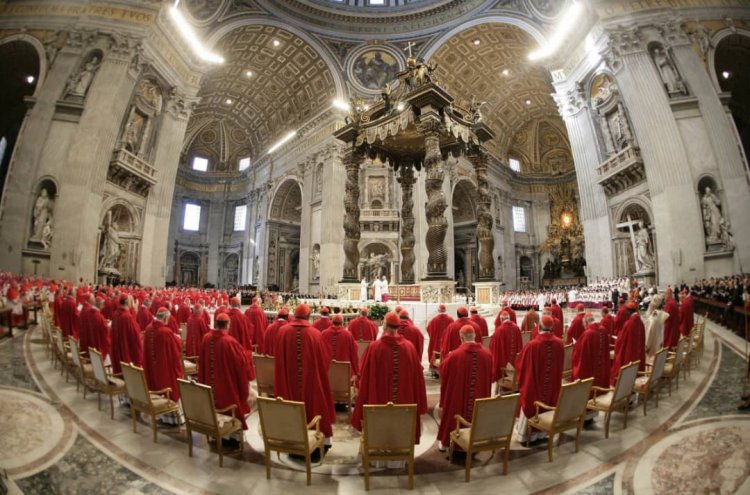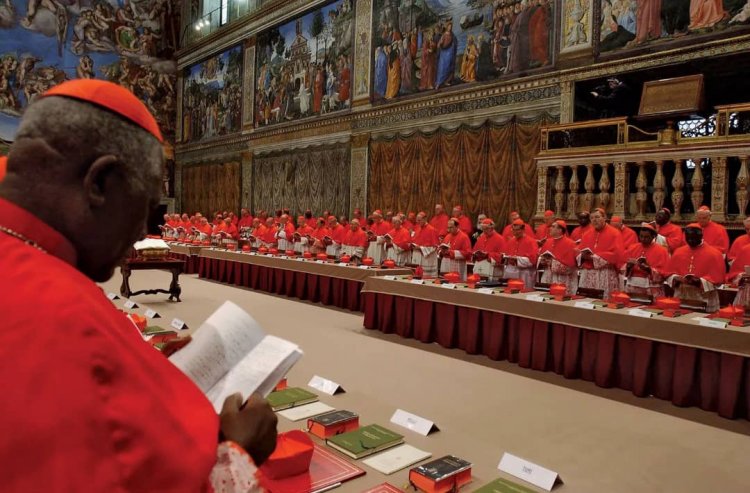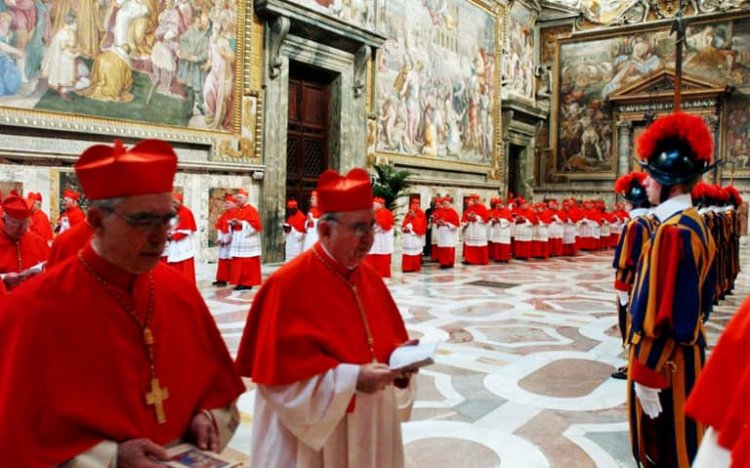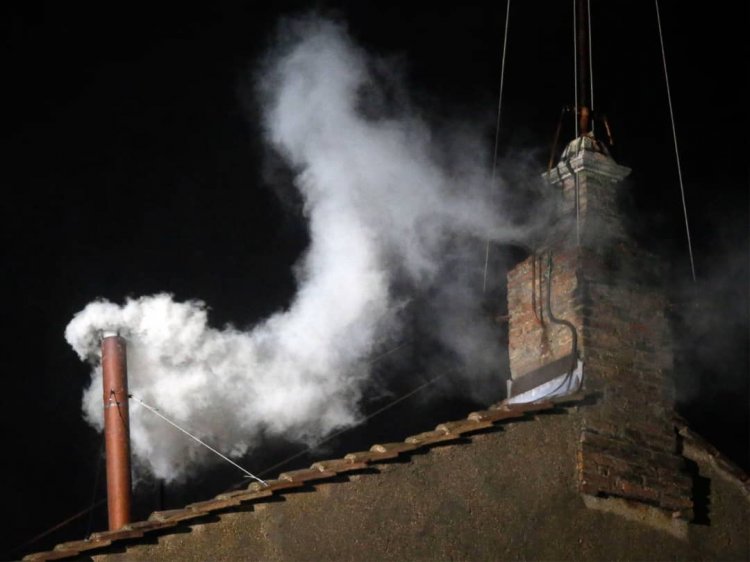
The Papal Conclave, an ancient and solemn tradition of the Catholic Church, is the process by which a new pope is elected. Rooted in centuries of doctrine and ritual, the conclave is designed to ensure that the successor of Saint Peter is chosen under the inspiration of the Holy Spirit, free from external influence and political maneuvering.
As the world anticipates the next conclave—which may follow the end of the papacy of Pope Francis, now 88 years old and increasingly frail—the sacred and procedural aspects of this secretive event come into sharp focus.
A Brief on Pope Francis
Jorge Mario Bergoglio, now Pope Francis, was elected on March 13, 2013, following the historic resignation of Pope Benedict XVI—the first to resign in nearly 600 years. As the first Jesuit pope and the first from Latin America, Pope Francis has left a profound impact on the Church, emphasizing humility, social justice, and a “Church for the poor.”
Despite his age and health challenges—including colon surgery in 2021 and knee problems—he has continued his pastoral mission and global engagements, though speculation about a potential resignation persists. Should he step down, the Catholic world would once again enter the profound moment of sede vacante, the vacant seat of Peter.

Understanding the Conclave Process
1. Eligibility and Secrecy
Only cardinals under 80 years of age are eligible to vote in the conclave, a reform introduced by Pope Paul VI. As of 2025, there are 139 such cardinals, although only 120 are expected to vote, respecting the intended cap. However, this limit may be exceeded based on papal discretion.
Before the conclave begins, all cardinal electors swear an oath of secrecy. They are cut off from all outside communication—no phones, internet, or press—ensuring that divine inspiration, not politics or media, guides the decision.
2. Setting: The Sistine Chapel

The conclave takes place in the Vatican’s Sistine Chapel, under Michelangelo’s awe-inspiring frescoes. Cardinals reside at the nearby Domus Sanctae Marthae, entering the chapel for voting sessions. The term conclave comes from the Latin cum clave—“with a key”—reflecting their locked, isolated deliberation.
3. Voting Rituals
Any baptized male Catholic is theoretically eligible for election, but for over six centuries, only cardinals have been chosen. Ballots are written and delivered with the solemn oath, “I call as my witness Christ the Lord who will be my judge.”
A two-thirds majority is required for a valid election. If no decision is reached after several rounds, the cardinals pause for a day of prayer and reflection. These procedures are deeply structured to allow discernment and spiritual unity.

4. Smoke Signals and Celebration
Ballots are burned after each round. Black smoke rising from the chapel’s chimney indicates no decision; white smoke signals that a pope has been elected. This simple signal captivates millions worldwide awaiting the announcement.
5. Acceptance and Revelation
Once a candidate receives the required votes, the Dean of Cardinals asks if he accepts the election and what name he will assume. Upon acceptance, the new pope dons white papal vestments, offers a prayer, and steps out onto the central balcony of St. Peter’s Basilica.
The senior cardinal deacon then announces: “Habemus Papam!”—“We have a pope!”—followed by the chosen name. The new pontiff blesses the faithful Urbi et Orbi (to the city and the world), marking the beginning of his papacy.
Historical Context and Evolution
The conclave’s current form reflects centuries of evolution. While modern conclaves typically last only a few days—Pope Francis was elected on the second day—the longest in history (1268–1271) spanned nearly three years due to political gridlock.
Pope John Paul II’s 1996 Universi Dominici Gregis set many current norms, including extended ballots and reflection periods. Pope Benedict XVI later reinstated the two-thirds rule after briefly allowing a simple majority in case of deadlock.
A Global Church in Transition
The upcoming conclave, when it happens, will be the largest ever, reflecting the Church’s global reach under Pope Francis, who appointed most of the current cardinal electors. His influence on the future direction of the Church—particularly in matters of inclusion, synodality, and environmental stewardship—will undoubtedly shape the choice of his successor.
Whether Pope Francis dies in office or follows Benedict XVI’s precedent by resigning, the conclave will once again gather the Church’s highest shepherds to discern, in prayerful secrecy, the next Vicar of Christ.
Stay with us for updates and deep dives into the Catholic Church’s most sacred traditions.
 English
English  Kinyarwanda
Kinyarwanda 



 Mathieu KARUMUGABO @KarumugaboM
Mathieu KARUMUGABO @KarumugaboM 









